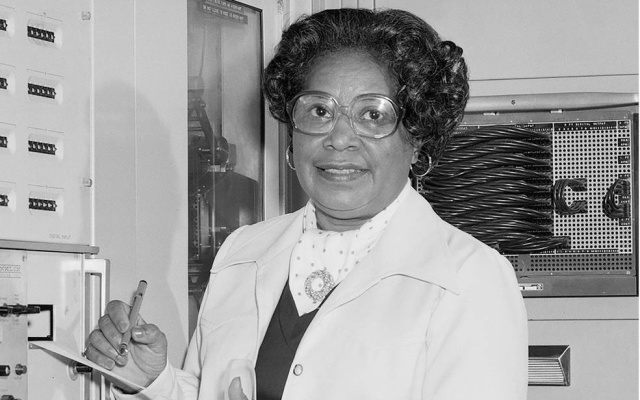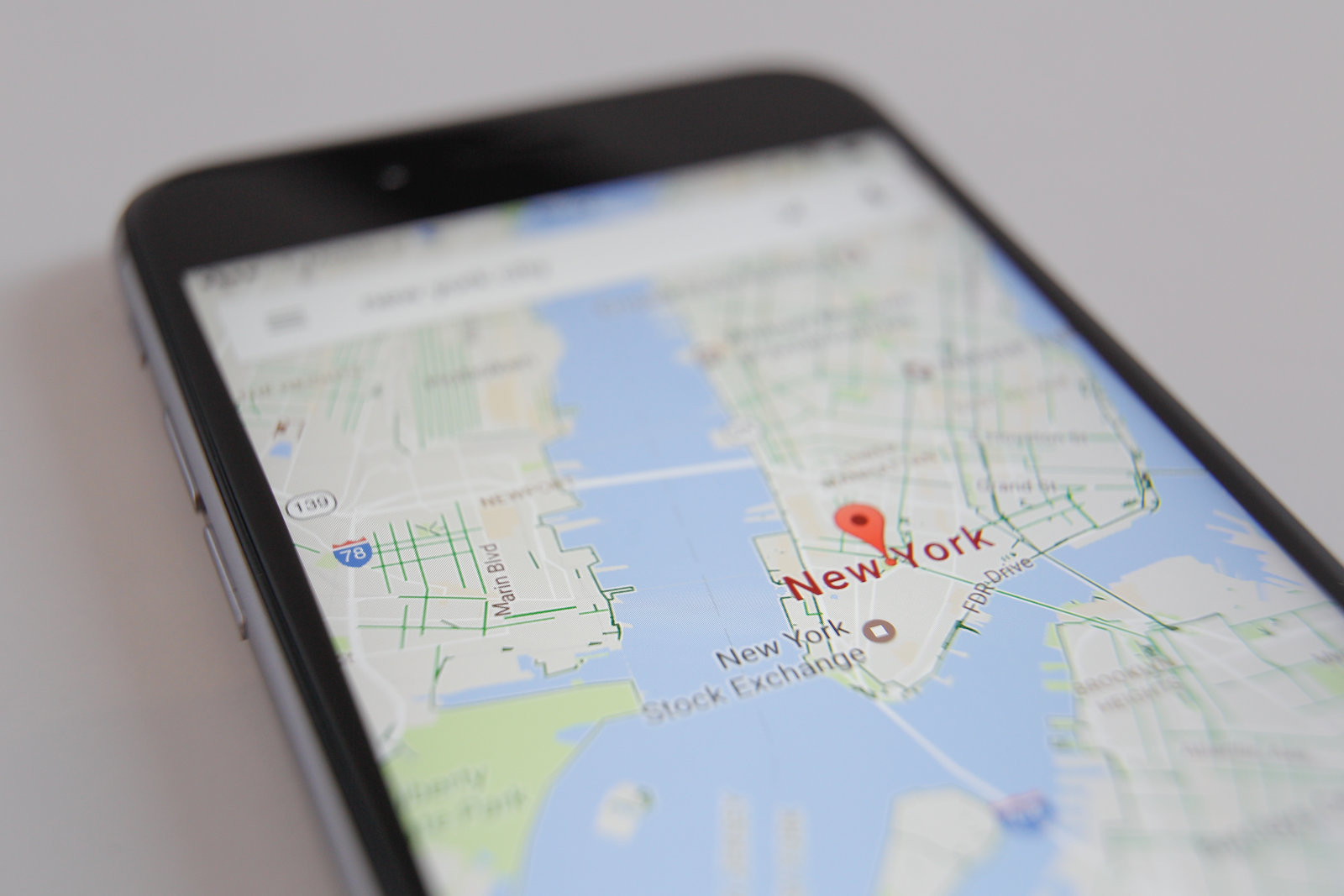
NASA
From this point forward,NASA’s Washington DC headquarters will be known as the Mary W. Jackson NASA Headquarters,named after the agency’s first Black female engineer. NASA Administrator Jim Bridenstine announced the change today.
Jackson was one of the women who inspired the book and movie Hidden Figures,about the Black women who helped NASA launch the first American into orbit. Fittingly,the Mary W. Jackson NASA Headquarters is located on Hidden Figures Way.
“Mary W. Jackson was part of a group of very important women who helped NASA succeed in getting American astronauts into space. Mary never accepted the status quo,she helped break barriers and open opportunities for African Americans and women in the field of engineering and technology,” Bridenstine said in a statement.
Jackson was born in Hampton,Virginia,and earned a dual degree in math and physical sciences from Hampton Institute in 1942. She worked as a math teacher,bookkeeper and US Army secretary before joining the segregated West Area Computing Unit of the Langley Research Center. In 1951,she was recruited by the National Advisory Committee for Aeronautics,which was later succeeded by NASA.
Jackson worked as a “human computer” for two years. After which,she conducted experiments in the 60,000-horsepower Supersonic Pressure Tunnel,which blasted models with winds nearly twice the speed of sound. Jackson was encouraged to take a training program that would allow her to advance from mathematician to engineer. But because the classes were held at the then-segregated Hampton High School,she needed special permission to attend.
Jackson did complete the training,and in 1958 she became NASA’s first Black female engineer. She authored and co-authored numerous reports and joined Langley’s Federal Women’s Program,where she worked to address the hiring and advancement of the next generation of female mathematicians,engineers and scientists. She worked alongside Katherine Johnson,Dororhty Vaughan and Christine Darden,also featured in Hidden Figures.
Jackson retired in 1985 and was awarded a Congressional Gold Medal posthumously in 2019.
“NASA facilities across the country are named after people who dedicated their lives to push the frontiers of the aerospace industry. The nation is beginning to awaken to the greater need to honor the full diversity of people who helped pioneer our great nation… We know there are many other people of color and diverse backgrounds who have contributed to our success,which is why we’re continuing the conversations started about a year ago with the agency’s Unity Campaign. NASA is dedicated to advancing diversity,and we will continue to take steps to do so,” Bridenstine said.












 加载中,请稍侯......
加载中,请稍侯......
Comments